2024 September morning
Ian Cooper writes: Here are a few more pictures from my September 4 photo shoot on the ^E&N and #Galloping Goose trails in View Royal.
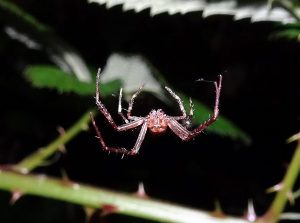 ^Cross Orb-weaver Araneus diadematus (Ara.: Araneidae) Ian Cooper
^Cross Orb-weaver Araneus diadematus (Ara.: Araneidae) Ian Cooper
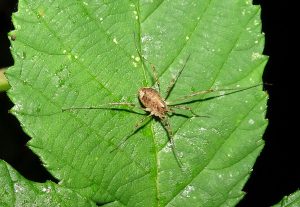 ^ Harvestman (Opiliones) Ian Cooper
^ Harvestman (Opiliones) Ian Cooper
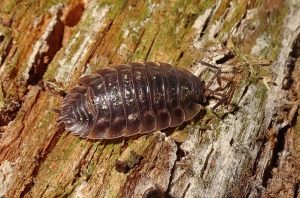 # European Sowbug Oniscus asellus (Isopoda: Oniscidae) Ian Cooper
# European Sowbug Oniscus asellus (Isopoda: Oniscidae) Ian Cooper
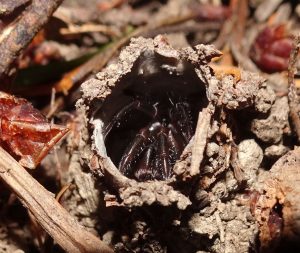 # Folding door spider Antrodiaetus pacificus (Ara. – Mygalomorphae: Antrodiaetidae) Ian Cooper
# Folding door spider Antrodiaetus pacificus (Ara. – Mygalomorphae: Antrodiaetidae) Ian Cooper
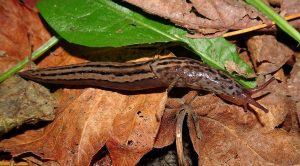 # Limax maximus (Pul.: Limacidae) Ian Cooper
# Limax maximus (Pul.: Limacidae) Ian Cooper
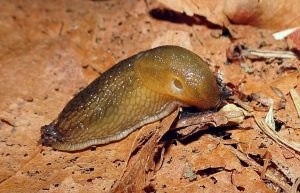 Arion subfuscus (Pul.: Arionidae) Ian Cooper
Arion subfuscus (Pul.: Arionidae) Ian Cooper
Marie O’Shaughnessy writes from Island View Beach, September 5, 2024:
I only came up with
1 Woodland Skipper
19 Cabbage Whites
1 Blue-eyed Darner
2 Paddle-tailed Darners
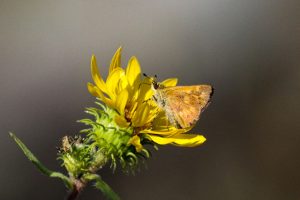 Woodland Skipper Ochlodes sylvanoides (Lep.: Hesperiidae) Marie O’Shaughnessy
Woodland Skipper Ochlodes sylvanoides (Lep.: Hesperiidae) Marie O’Shaughnessy
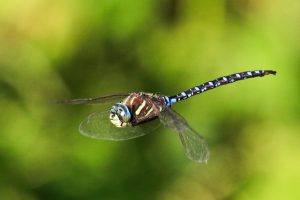 Paddle-tailed Darner Aeshna palmata (Odo.: Aeshnidae) Marie O’Shaughnessy
Paddle-tailed Darner Aeshna palmata (Odo.: Aeshnidae) Marie O’Shaughnessy
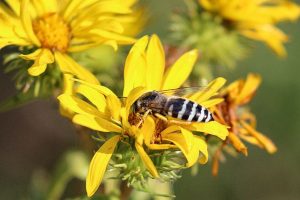 Sand Wasp Bembix sp.: (Hym.: Crabronidae) Marie O’Shaughnessy
Sand Wasp Bembix sp.: (Hym.: Crabronidae) Marie O’Shaughnessy

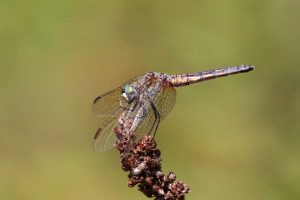 Blue Dasher Pachydiplax longipennis (Odo.: Libellulidae) Marie O’Shaughnessy
Blue Dasher Pachydiplax longipennis (Odo.: Libellulidae) Marie O’Shaughnessy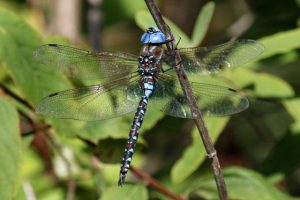 Blue-eyed Darner Rhionaeschna multicolor (Odo.: Aeshnidae) Marie O’Shaughnessy
Blue-eyed Darner Rhionaeschna multicolor (Odo.: Aeshnidae) Marie O’Shaughnessy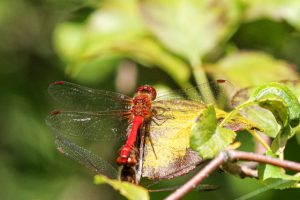 Autumn Meadowhawk Sympetrum vicinum (Odo.: Libellulidae) Marie O’Shaughnessy
Autumn Meadowhawk Sympetrum vicinum (Odo.: Libellulidae) Marie O’Shaughnessy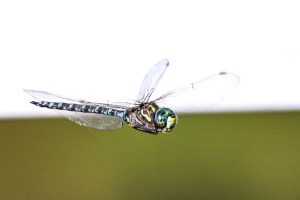 Canada Darner Aeshna canadensis (Odo.:Aeshnidae) Marie O’Shaughnessy
Canada Darner Aeshna canadensis (Odo.:Aeshnidae) Marie O’Shaughnessy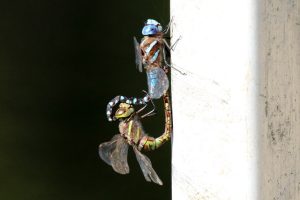 Blue-eyed Darners Rhionaeschna multicolor (Odo.: Aeshnidae) Marie O’Shaughnessy
Blue-eyed Darners Rhionaeschna multicolor (Odo.: Aeshnidae) Marie O’Shaughnessy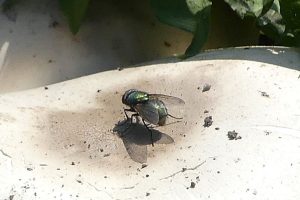 Greenbottle Lucilia sp.: (Dip.: Calliphoridae) Aziza Cooper
Greenbottle Lucilia sp.: (Dip.: Calliphoridae) Aziza Cooper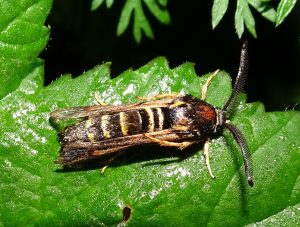 Male Pennisetia marginatum (Lep.: Sesiidae) Ian Cooper
Male Pennisetia marginatum (Lep.: Sesiidae) Ian Cooper Female Pennisetia marginatum (Lep.: Sesiidae) Ian Cooper
Female Pennisetia marginatum (Lep.: Sesiidae) Ian Cooper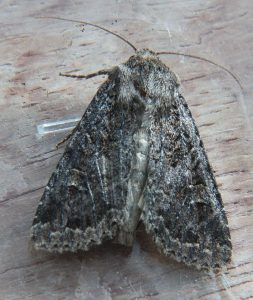 Apamea devastator (Lep.: Noctuidae) Jeremy Tatum
Apamea devastator (Lep.: Noctuidae) Jeremy Tatum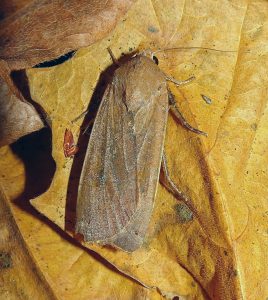 Large Yellow Underwing Noctua pronuba (Lep.: Noctuidae) Ian Cooper
Large Yellow Underwing Noctua pronuba (Lep.: Noctuidae) Ian Cooper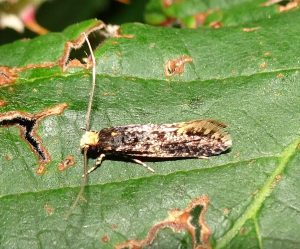 Unidentified (so far) micro moth (Lep.) Ian Cooper
Unidentified (so far) micro moth (Lep.) Ian Cooper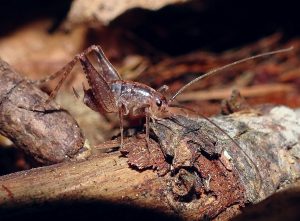 Camel Cricket, Pristoceuthophilus celatus (Orth.: Rhaphidophoridae) Ian Cooper
Camel Cricket, Pristoceuthophilus celatus (Orth.: Rhaphidophoridae) Ian Cooper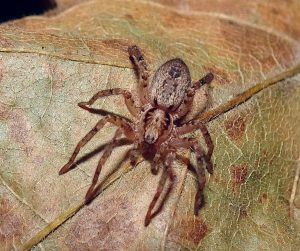 Anyphaena aperta (Ara.: Anyphaenidae) Ian Cooper
Anyphaena aperta (Ara.: Anyphaenidae) Ian Cooper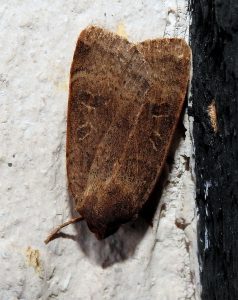 Lesser Yellow Underwing Noctua comes (Lep.: Noctuidae) Val George
Lesser Yellow Underwing Noctua comes (Lep.: Noctuidae) Val George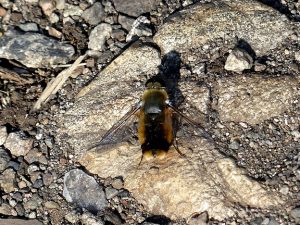 Bee fly Villa sp. (Dip.: Bombyliidae) Aziza Cooper
Bee fly Villa sp. (Dip.: Bombyliidae) Aziza Cooper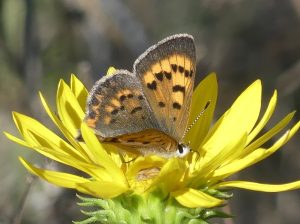 Female Purplish Copper Tharsalia helloides (Lep.: Lycaenidae) Aziza Cooper
Female Purplish Copper Tharsalia helloides (Lep.: Lycaenidae) Aziza Cooper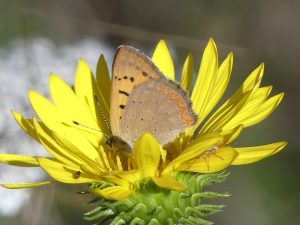 Purplish Copper Tharsalia helloides (Lep.: Lycaenidae) (Lateral view) Aziza Cooper
Purplish Copper Tharsalia helloides (Lep.: Lycaenidae) (Lateral view) Aziza Cooper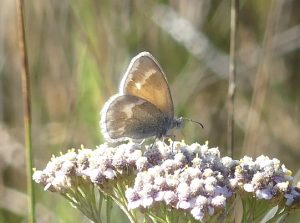 California Ringlet Coenonympha california (Lep.: Nymphalidae – Satyrinae) Aziza Cooper
California Ringlet Coenonympha california (Lep.: Nymphalidae – Satyrinae) Aziza Cooper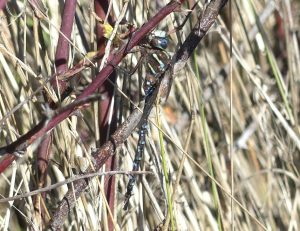 Shadow Darner Aeshna umbrosa (Odo.: Aeshnidae) Aziza Cooper
Shadow Darner Aeshna umbrosa (Odo.: Aeshnidae) Aziza Cooper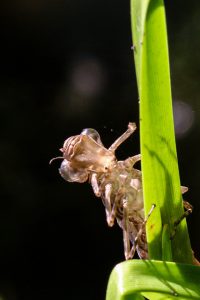 Blue-eyed Darner Rhionaeschna multicolor (Odo.: Aeshnidae)
Blue-eyed Darner Rhionaeschna multicolor (Odo.: Aeshnidae)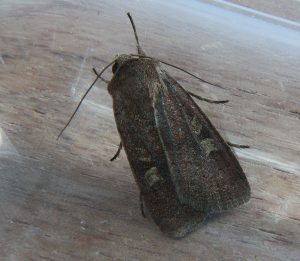 Xestia xanthographa (Lep.: Noctuidae) Jeremy Tatum
Xestia xanthographa (Lep.: Noctuidae) Jeremy Tatum